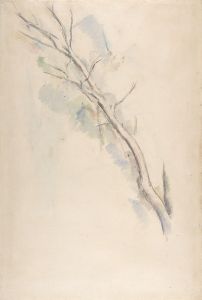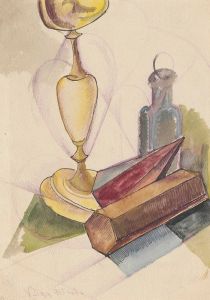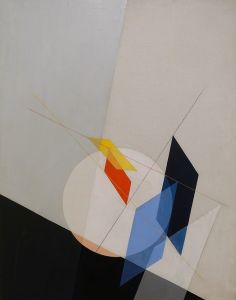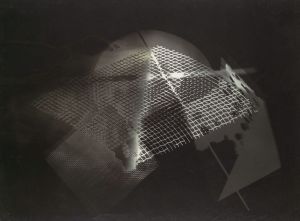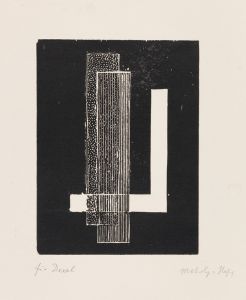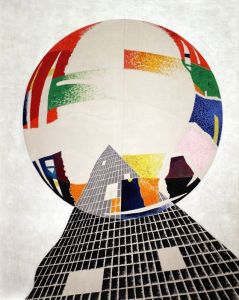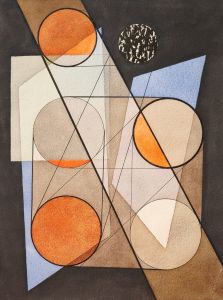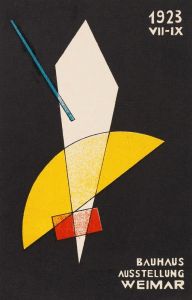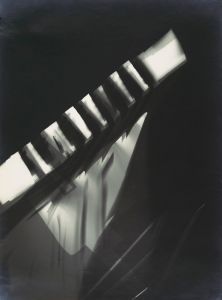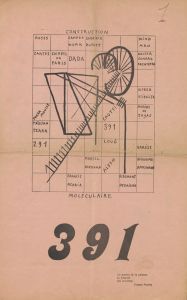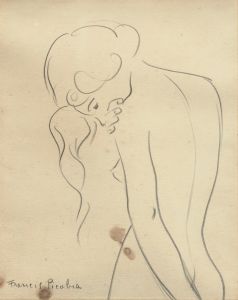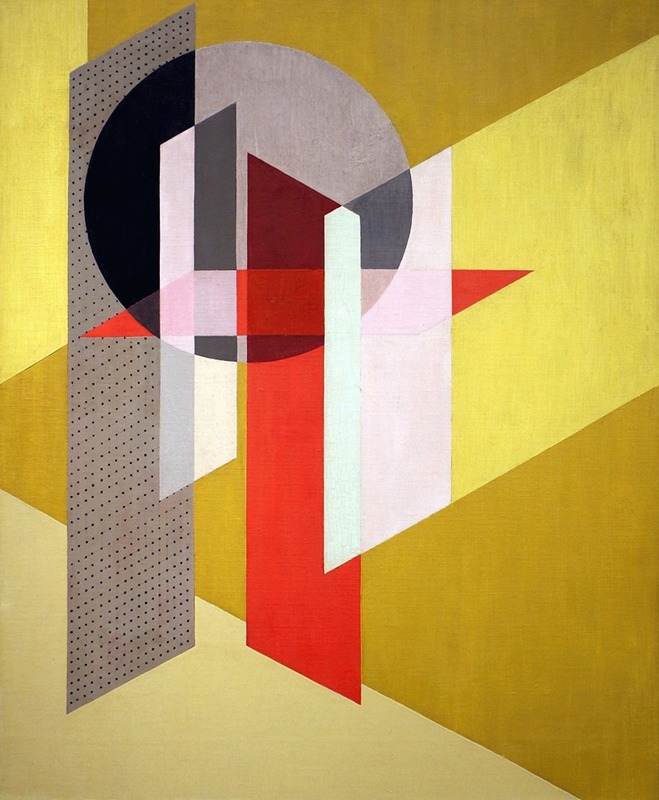
Z VII
A hand-painted replica of László Moholy-Nagy’s masterpiece Z VII, meticulously crafted by professional artists to capture the true essence of the original. Each piece is created with museum-quality canvas and rare mineral pigments, carefully painted by experienced artists with delicate brushstrokes and rich, layered colors to perfectly recreate the texture of the original artwork. Unlike machine-printed reproductions, this hand-painted version brings the painting to life, infused with the artist’s emotions and skill in every stroke. Whether for personal collection or home decoration, it instantly elevates the artistic atmosphere of any space.
László Moholy-Nagy was a Hungarian artist and educator who played a significant role in the Bauhaus movement and was a pioneer in the fields of photography and abstract art. His work "Z VII" is an exemplary piece that showcases his innovative approach to art and design. Created in 1926, "Z VII" is a painting that reflects Moholy-Nagy's interest in constructivism and his exploration of the relationship between form, color, and space.
"Z VII" is characterized by its geometric abstraction, a style that Moholy-Nagy was deeply invested in during his time at the Bauhaus. The painting features a composition of intersecting planes and lines, utilizing a limited color palette that includes shades of black, white, and gray, with occasional accents of red or yellow. This restrained use of color emphasizes the structural elements of the composition, allowing the viewer to focus on the spatial dynamics and the interplay of forms.
Moholy-Nagy's work often incorporated elements of technology and industrial design, and "Z VII" is no exception. The painting reflects his belief in the integration of art and technology, a core principle of the Bauhaus philosophy. This is evident in the precision of the lines and the mechanical quality of the forms, which suggest a sense of movement and dynamism. The title "Z VII" itself hints at a systematic approach to art-making, possibly indicating a series or a methodical exploration of visual concepts.
During his tenure at the Bauhaus, Moholy-Nagy was instrumental in developing the school's curriculum, particularly in the areas of photography and new media. His influence extended beyond painting, as he encouraged students to experiment with various materials and techniques, fostering a spirit of innovation and interdisciplinary collaboration. "Z VII" can be seen as a reflection of these pedagogical principles, embodying the experimental and forward-thinking ethos that Moholy-Nagy championed.
The painting also illustrates Moholy-Nagy's interest in the concept of the "New Vision," a term he coined to describe a way of seeing that embraced modernity and the possibilities offered by new technologies. This vision was not limited to traditional forms of art but extended to photography, film, and design, areas in which Moholy-Nagy made significant contributions. "Z VII" captures this spirit of exploration and the breaking down of boundaries between different artistic disciplines.
Today, "Z VII" is recognized as a significant work within Moholy-Nagy's oeuvre and within the broader context of 20th-century abstract art. It exemplifies the artist's commitment to innovation and his belief in the transformative power of art and design. The painting is held in high regard by art historians and continues to be studied for its formal qualities and its role in the development of modernist art.
In summary, "Z VII" by László Moholy-Nagy is a testament to the artist's pioneering spirit and his contributions to the Bauhaus movement. Through its geometric abstraction and integration of art and technology, the painting encapsulates the essence of Moholy-Nagy's artistic vision and his enduring influence on the world of art and design.





